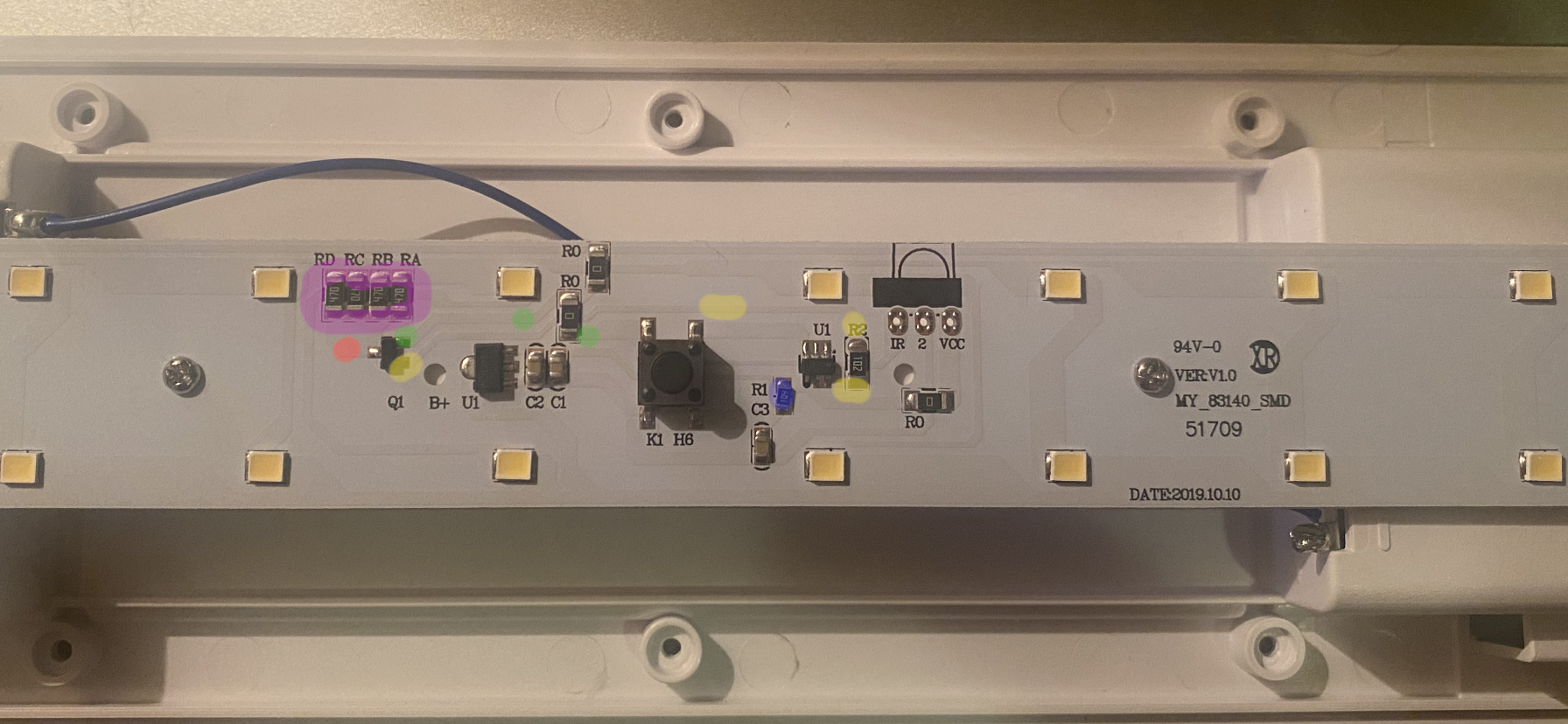just trying lemmy
- 4 Posts
- 18 Comments

 3·10 months ago
3·10 months agoOpenAI’s notion of “fair use”: military and weapons
Those type of companies are getting so f*****g disgusting.
https://techcrunch.com/2024/01/12/openai-changes-policy-to-allow-military-applications/ https://www.theverge.com/2024/1/12/24036397/openai-is-softening-its-stance-on-military-use
Google loves open source likely for another reason than you do.
Google loves open source when they can capitalize on it.
That is, when a big community works on code that Google can use for free to build their monopolistic infrastructure. They love a global community which works for them for free. They might even foster this community as far as it serves their purpose or for image reasons.
However, if they’d truly love open-source, they could open the source code to their core services. But they’d never ever do that. For this reason they also ban the AGPL license internally (https://opensource.google/documentation/reference/using/agpl-policy). The AGPL license would force Google to open their code which relies on AGPL licensed projects. Google hates that.
Google does clearly not stand for the ethical values people usually have in mind when talking about open source. For example when something is competing with them, they’ll hate it. Like ad-blockers or browsers which don’t block ad-blockers like Google chrome does. The core business of Google is about surveillance and advertising. To maximize the profitability of this, then need to violate freedoms of their users (like the freedom to use their service while blocking ads). This is in direct conflict with the ethical values often implied by free and open-source software.
So if somebody tells you “Google loves open-source and contributes a lot”, think about what it really means.
gitlab.com is a for profit service/company. They have an open-source community edition of Gitlab which you can run on your own server. Codeberg is a non-profit association running the open-source software “forgejo” for you. At Codeberg you can become a member and then you can vote for important decisions and make proposals. People also care about ethics there. Nobody cares about profit. Codeberg runs on donations from members. I think some people feel more respected at Codeberg because the governing body of Codeberg is a subset of its users. If Gitlab cares about you, then probably because a bad user experience would be bad for business.

 4·1 year ago
4·1 year agoAccording to the experience of a friend, eating 1kg carrots a day makes your skin go slightly orange. You’ll likely notice only in places where the skin is thin and white. For example around your knuckles when you form your hand into a fist.

 23·1 year ago
23·1 year agoIt serves a purpose. But an evil one: stopping journalists from reporting on US war crimes

 21·1 year ago
21·1 year agoThe rape story was part of a mud campaign. It was made up and the world fell for it. What happens here is: A journalist publishes proofs of US war crimes. And the war criminals (US gov) come after him because of exactly that. Their message is clear: who ever reports on our crimes will be destroyed. This is a fight against press freedom and against the democratic freedom as we think to know it.
https://www.republik.ch/2020/01/31/nils-melzer-about-wikileaks-founder-julian-assange
Pessimists know the “rebound effect”: improvement in efficiency leads us to do more of the thing. More illumination for example. This (partially) counteracts the good effects.

 23·1 year ago
23·1 year agoDid you consider that it might be good for humanity to lock our billionaires into bunkers? We should lock them in in order for us to survive.
The difference is marginal: just a matter on which side you place the door handles.

 7·1 year ago
7·1 year agoI suspect they might be afraid of people, not of climate.

 371·1 year ago
371·1 year ago$25 million? That’s ridiculously cheap.

 2·1 year ago
2·1 year agoCool, never saw any of those!

 7·1 year ago
7·1 year agoThe EDA/CAD vendors generally seem to aggressively kill competing projects. You cannot trust any project as long as it is not open source under a copyleft license (plus does not require contributors to sign contributor license agreements).
The decent PCB tools I know of is KiCAD and eventually LibrePCB, which I never tried.

 1·1 year ago
1·1 year agoI once got inspired by this: https://scoollab.web.cern.ch/diy-particle-detector It uses photodiodes instead of BJTs. Advantage is that you can get some which are easy to decap. I did not get it to work :/ but also did not spend so much time. I think what is really important is to properly shield the circuit from electromagnetic radiation, use a battery (low-noise) and also shield the detector from light.

 15·1 year ago
15·1 year agoKiCad. Stay away from closed-source tools. They’ll all try to press out the max amount of money sooner or later. Or get bought and discontinued for eliminating competition.

 1·1 year ago
1·1 year ago
Difficult to find datasheets…
Second picture: To me looks like Q1 (3400) is an NMOS which connects the LEDs to power. The ‘gate’ is marked yellow. It is the ‘control’ input of the MOSFET. The 4 resistors RD RC RB RA (purple) probably limit the current through the LEDs. If you’re lucky, then an easy hack would be to bypass this transistor: Remove Q1 and connect the red and green marks via a mechanical switch. You’d need to scratch away the white coating until you get copper. Then solder wires there. As a consistency check you could measure the voltage over Q1 (red and green marks). Measure once when the module is plugged in but switched off, and once when the LEDs light up. If you see a voltage while the LEDs are dark, then this would partially confirm my guess. As a test: Before removing Q1 you could also try to bypass Q1 with a resistor (~ one, two kOhm) while the LEDs are off. If you see LEDs now lighting dimm, you know that Q1 is the one switching the LEDs.
Other possibility: It might possible that the timeout is computed with an R-C circuit. for 30min you need a rather large resistor because there can’t be very big transistors. R1 (blue) is the largest one. Experiment could be to remove it and see if timeout is still 30min. Or put another 10k resistor in series and see if the timeout gets shorter.
Wondering: What voltage do you connect to the module? Please be extra careful if you have somewhere mains supply voltage.

 2·1 year ago
2·1 year agoFor the first one: Would be good to know what U1 is exactly. Can you read any number/code on it?
If you are lucky it is simply a ‘switch’ which switches on once you press the button and switches of after 30min. In this case you could add a wire which constantly switches the lights on. Then add a normal mechanical switch to the power supply cables.
If you are unlucky, U1 also regulates the current through the LEDs. Then cannot be easily replaced. Is there anything on the other side?

 1·1 year ago
1·1 year agoDo you have a reflow oven? Or simply with a hot air gun? How do you do it?







Or better named after oil companies.